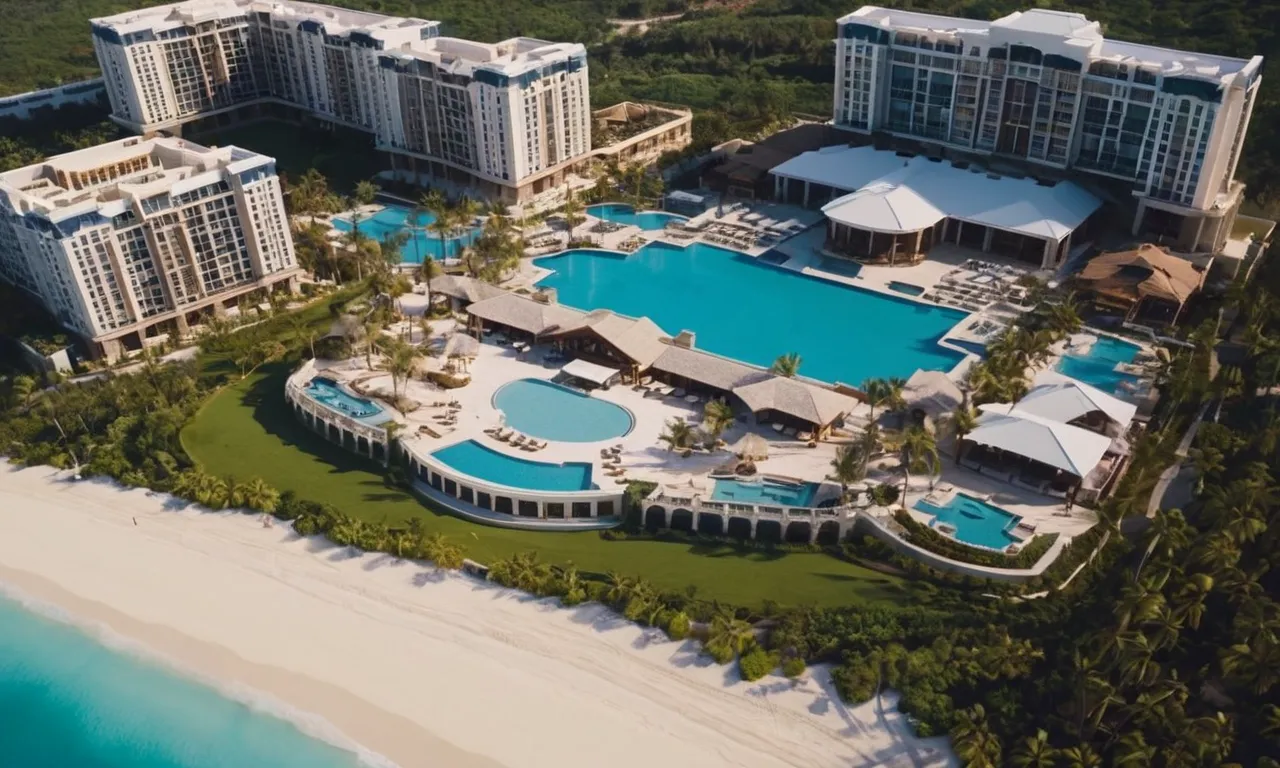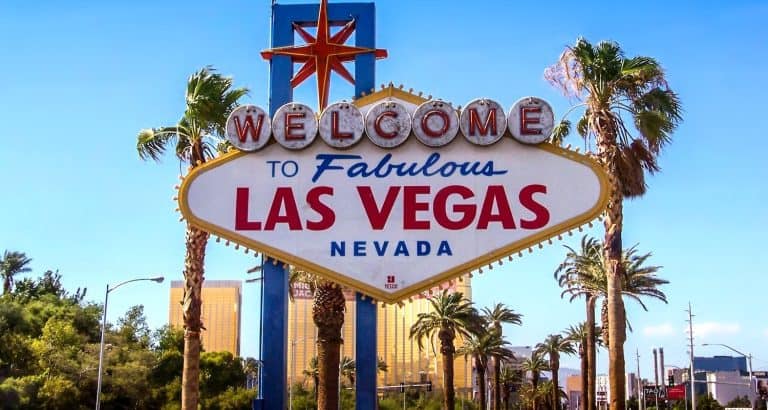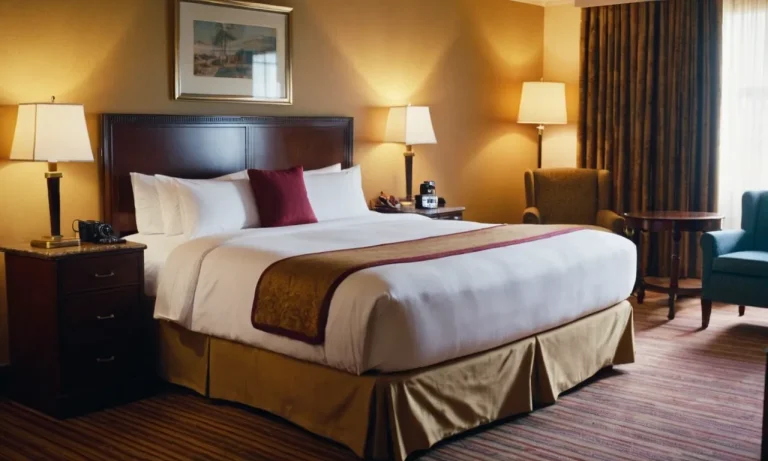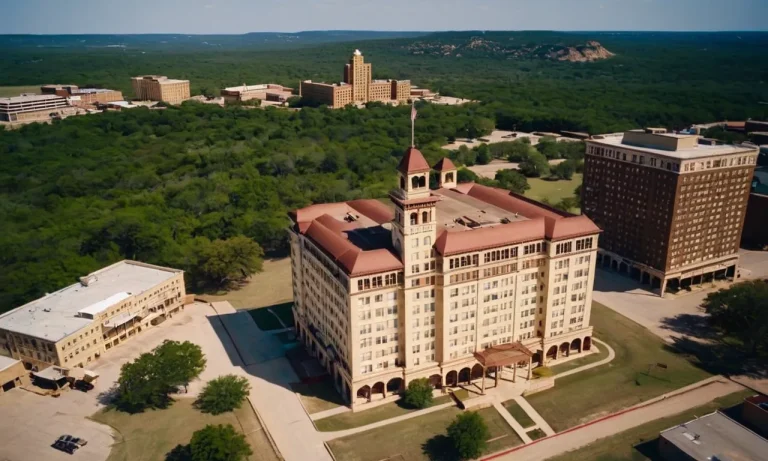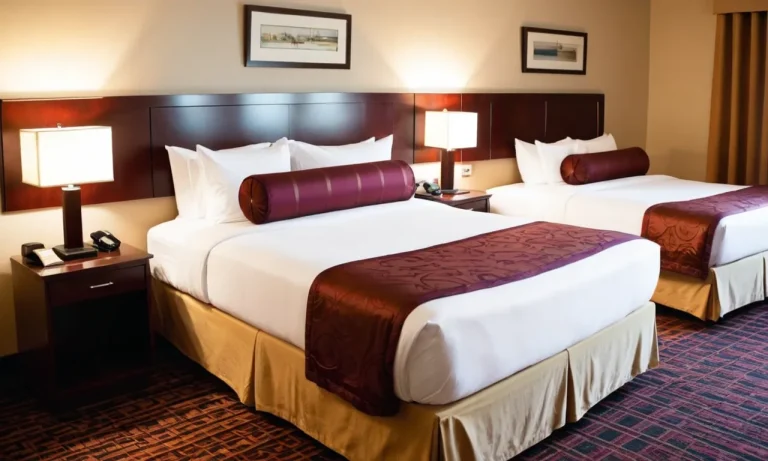How Much Does It Cost To Build A Luxury Resort?
Imagine a breathtaking oasis nestled amidst pristine beaches or majestic mountains, where luxury meets tranquility. Building a luxury resort is a dream for many entrepreneurs, but it comes with a hefty price tag.
If you’re short on time, here’s a quick answer to your question: The cost of building a luxury resort can range from $50 million to over $1 billion, depending on various factors such as location, size, amenities, and construction materials.
In this comprehensive guide, we’ll delve into the intricate details of luxury resort construction costs, exploring the key elements that contribute to the overall investment. From site acquisition and development to architectural design and amenities, we’ll uncover the financial considerations that shape these opulent destinations.
Location and Site Acquisition
When it comes to building a luxury resort, the location and site acquisition process is a critical factor that can significantly influence the overall cost. After all, prime real estate in desirable destinations doesn’t come cheap. 💰
Prime Real Estate
Luxury resorts are often situated in prime locations that offer breathtaking views, easy access to natural attractions, and proximity to popular tourist destinations. These prime locations command a premium price, as developers compete for the most coveted spots.
According to a report by PwC, luxury resorts in top tourist destinations like the Caribbean, Hawaii, and the French Riviera can expect to pay upwards of $1 million per acre for prime beachfront property. 🏖️
Land Costs and Zoning
Beyond the location itself, the cost of acquiring land for a luxury resort can vary greatly depending on factors such as size, zoning regulations, and local real estate market conditions. In some cases, developers may need to purchase multiple parcels of land to accommodate the resort’s footprint, which can quickly drive up costs.
Additionally, zoning regulations and permitting processes can add significant expenses and delays to the project. According to a study by the Urban Land Institute, zoning and permitting fees can account for up to 10% of the total development cost for luxury resorts. 🏘️
Environmental Impact Assessments
In today’s environmentally conscious climate, luxury resort developers must also factor in the cost of conducting thorough environmental impact assessments (EIAs) before breaking ground. These assessments are crucial for identifying potential environmental risks and ensuring compliance with local regulations.
The cost of an EIA can range from tens of thousands to millions of dollars, depending on the size and complexity of the project. For example, a luxury eco-resort planned for the Bahamas reportedly spent over $2 million on environmental impact studies alone. 🌳
As you can see, the location and site acquisition phase of building a luxury resort is a complex and often costly endeavor. But for developers who can navigate these challenges successfully, the rewards of owning a world-class luxury resort can be truly amazing. 😎
Architectural Design and Construction
Luxury Resort Design Concepts
Luxury resorts are designed with the utmost attention to detail, blending elements of extravagance, exclusivity, and comfort. The architectural design of a luxury resort is a delicate balance between form and function, creating a visually stunning environment that caters to the discerning tastes of affluent travelers.
Renowned architects often collaborate with interior designers and landscape artists to craft a cohesive and immersive experience that seamlessly integrates indoor and outdoor spaces.
According to a study by Luxury Travel Advisor, some of the top design trends for luxury resorts in 2022 include sustainable and eco-friendly materials, minimalist yet opulent interiors, and the incorporation of local cultural elements.
Additionally, resort designs are increasingly focused on creating a sense of privacy and seclusion, with secluded villas, private pools, and intimate dining experiences becoming more prevalent. 😍
Construction Materials and Techniques
The construction of a luxury resort demands the use of high-quality materials and innovative techniques to ensure durability, longevity, and a seamless integration of modern amenities. From the foundation to the finishing touches, every aspect of the construction process is meticulously planned and executed by skilled professionals.
- Foundation and Structure: Luxury resorts often employ reinforced concrete, steel, and other sturdy materials to create a solid foundation and robust structural framework capable of withstanding harsh environmental conditions.
- Exterior Finishes: Natural stones, such as marble, granite, and travertine, are commonly used for exterior finishes, lending an air of sophistication and elegance to the resort’s facade.
- Interior Finishes: High-end materials like imported hardwood, exotic tiles, and premium textiles adorn the interior spaces, creating an opulent and inviting atmosphere.
- Landscaping and Outdoor Spaces: Lush landscaping, intricate water features, and expertly designed outdoor living areas contribute to the overall resort experience, providing guests with a serene and rejuvenating environment.
Construction techniques may also involve the use of advanced technologies, such as prefabricated modular components, to streamline the building process and minimize on-site disruptions. Overall, the construction materials and methods employed in luxury resort development are a testament to the commitment to quality and attention to detail that defines these high-end properties.
Labor Costs and Project Management
The construction of a luxury resort is a complex and labor-intensive endeavor, requiring a skilled workforce and meticulous project management. From architects and engineers to skilled tradespeople and landscapers, the labor costs associated with building a luxury resort can be substantial.
Additionally, the remote locations of many luxury resorts can further drive up labor costs due to the need for specialized transportation and accommodations for workers.
According to Hotel Management, the average cost per room for luxury hotel construction in the United States reached a record high of $600,000 in 2021, with labor costs accounting for a significant portion of the overall expenses.
Effective project management is crucial to ensuring that the construction process runs smoothly, adheres to budgets and timelines, and delivers the desired level of quality and luxury.
To mitigate labor costs and streamline the construction process, some luxury resort developers may opt for prefabricated or modular construction methods, which can reduce on-site labor requirements and shorten the overall construction timeline.
However, the intricate details and customization required for luxury resorts often necessitate a significant amount of skilled on-site labor, making labor costs a substantial factor in the overall project budget.
Amenities and Guest Experiences
Accommodations and Suites
The accommodations and suites at a luxury resort are designed to provide guests with an unparalleled level of comfort and indulgence. From spacious and elegantly appointed rooms to lavish suites with private pools and butler service, the options cater to every preference and budget.
Many resorts offer a range of accommodation types, from cozy yet chic rooms to expansive multi-bedroom villas perfect for families or groups.
According to a Statista report, the average daily rate for a luxury hotel room worldwide is around $350, with rates varying significantly by region. For example, luxury hotel rooms in the Middle East can cost an average of $500 per night, while in the Caribbean, the average rate is around $300.
These rates often include access to exclusive amenities and services, such as private beach areas, concierge services, and complimentary breakfast.
Dining and Entertainment
Luxury resorts are known for their exceptional dining experiences, offering a wide array of culinary options to tantalize every palate. From award-winning fine dining restaurants helmed by renowned chefs to casual beachside eateries and lively bars, guests can indulge in a diverse range of flavors and atmospheres.
Many resorts also feature live entertainment, such as music performances, comedy shows, or cultural events, adding an extra layer of excitement to the guest experience.
According to a Statista report, the average spend on food and beverage at luxury hotels worldwide is around $100 per guest per day. However, this figure can vary greatly depending on the resort’s offerings and the guests’ preferences.
Some resorts offer all-inclusive packages that bundle accommodation, dining, and entertainment into a single rate, providing guests with added convenience and value.
Recreational Facilities and Spas
Luxury resorts are designed to provide guests with a wide range of recreational activities and opportunities for relaxation and rejuvenation. From state-of-the-art fitness centers and world-class golf courses to serene spas offering indulgent treatments and wellness programs, these facilities cater to guests seeking an active or restorative experience.
According to a Resort Trader report, the average revenue generated by a luxury resort spa is around $1.5 million annually. This figure highlights the importance of spa facilities in the luxury resort experience and the willingness of guests to invest in pampering and self-care.
Many resorts also offer unique recreational activities like snorkeling, scuba diving, or horseback riding, providing guests with the opportunity to create unforgettable memories 😍.
Operational Costs and Staffing
Building a luxury resort is just the first step – running it successfully requires a significant investment in operational costs and staffing. Maintaining the high standards of a luxury property is no easy feat, and it’s crucial to allocate resources wisely to ensure a seamless guest experience.
Staffing and Training
One of the most significant expenses for a luxury resort is staffing. From concierge services to housekeeping, every department requires skilled professionals who can deliver exceptional service. According to a study by Hotel News Resource, luxury hotels typically employ one staff member for every 1.5 rooms, compared to one staff member for every 3.5 rooms in mid-range hotels.
This higher staffing ratio translates to higher labor costs but is essential for maintaining the desired level of personalized attention and service.
Training is another crucial aspect of staffing. Luxury resorts often invest heavily in ongoing training programs to ensure their staff is knowledgeable, attentive, and able to anticipate guests’ needs.
From etiquette and language classes to specialized training in areas like wine and cuisine, these programs help create a truly luxurious experience. According to Hospitality Net, some resorts allocate up to 5% of their annual budget to staff training and development.
Utilities and Maintenance
Luxury resorts are often sprawling properties with lavish amenities, which translates to higher utility costs for electricity, water, and heating/cooling. Additionally, maintaining the pristine condition of the resort’s grounds, buildings, and facilities requires a dedicated maintenance team and significant ongoing investment.
A report by Hotel Management suggests that maintenance costs for luxury resorts can range from 4% to 8% of total revenue, with larger properties often falling on the higher end of that spectrum.
Marketing and Branding
In the competitive world of luxury hospitality, a strong brand and effective marketing strategy are essential. Luxury resorts invest heavily in marketing campaigns, social media presence, and partnerships with travel agencies and influencers to attract high-end clientele.
According to Statista, marketing expenses for luxury hotels can account for up to 12% of their total revenue. 🎉 Building and maintaining a strong brand identity is crucial for differentiating a luxury resort from its competitors and commanding premium rates.
While the operational costs and staffing requirements for a luxury resort may seem daunting, they are essential for delivering the exceptional experiences that discerning guests expect. By investing in top-notch staff, maintaining impeccable facilities, and cultivating a strong brand, luxury resorts can create lasting memories and establish a loyal customer base.
👏 After all, in the world of luxury hospitality, attention to detail and a commitment to excellence are what truly set a property apart.
Conclusion
Building a luxury resort is a monumental undertaking that requires meticulous planning, substantial financial resources, and a commitment to delivering an unparalleled guest experience. From securing prime real estate to designing opulent accommodations and world-class amenities, every aspect of the project contributes to the overall cost.
While the investment required can be staggering, a well-executed luxury resort can become a highly sought-after destination, attracting affluent travelers from around the globe. By understanding the various cost components and carefully managing the project, developers can create a luxurious oasis that not only captivates guests but also generates substantial returns on investment.

